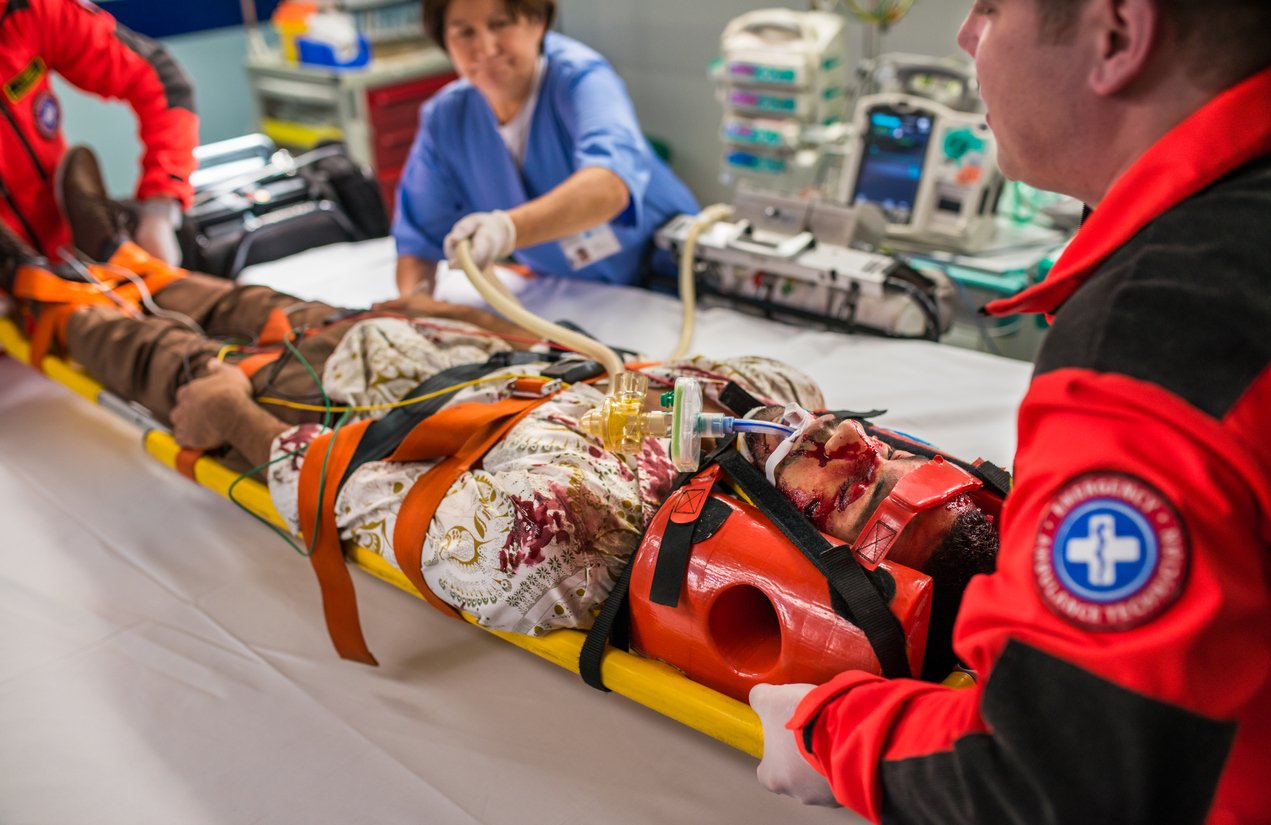Browsing: July 2023






How, if at all, can a student overcome being placed in the lower 1/3 tier of the SLOE rank system? This question was asked to EM program directors across the nation, and we now have some objective dat





